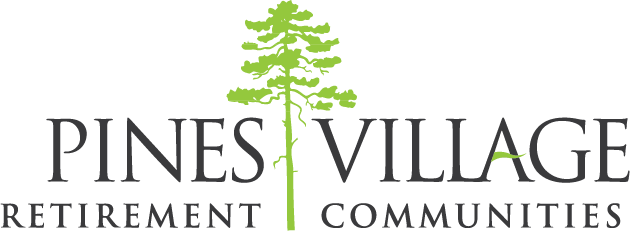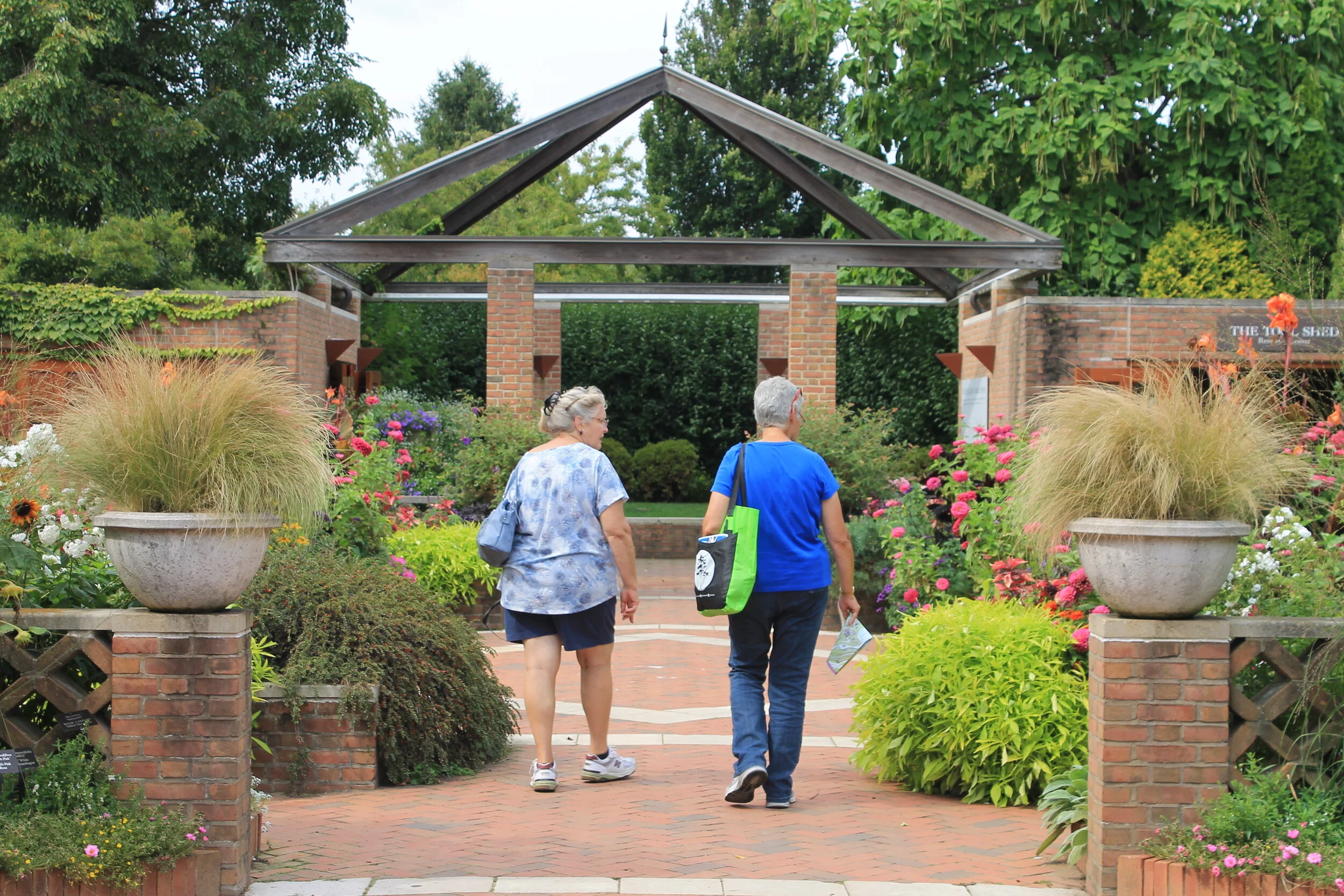Over the last few decades, technology has become increasingly important in our world. Today, it is a central part of our everyday lives and almost everything we do. While it played a vital role before, the COVID-19 pandemic showed how truly essential technology is to us. This is especially true for older adults who remained at home to stay safe during the pandemic, and their tech consumption skyrocketed.
The National Council on Aging (NCOA)’s Apps and Technologies To Make Communication More Accessible for Older Adults article features one of the most comprehensive lists of applications and technologies available to help people navigate each of these challenges and stay connected to friends and family.
In this article, we’ll focus on some of the main benefits of technology for seniors and explore some of the best tech devices for older adults. The first benefit of technology is telehealth.
Telehealth
Telehealth—also referred to as telemedicine—is a type of healthcare that allows you to receive care from your doctor without an in-person visit. Telehealth includes several different options, such as live video or phone calls, chats and text messages, and even remote monitoring. There are many telehealth advantages for all patients, but these benefits are especially relevant for seniors when talking to their doctor from their own home:
Comfort - Telehealth allows seniors to talk to their doctor in the comfort of their own homes, which can help them remain calm during the visit, clearly communicate their concerns, and be less overwhelmed not having to go to an office. You can also have family members there to join the conversation with your doctor.
Lower Cost - Telehealth also usually costs less than an in-person doctor visit, especially if you go to the emergency room. One study found that telehealth services cost an average of $50 per visit, while in-person care could cost as much as $175.
No Transportation Required - Telehealth also means that seniors don’t have to drive to their appointments or find other transportation to get there. This is especially helpful if an older adult is no longer able to drive and relies on others to get around. It’s also beneficial because it means less time spent traveling and waiting in the office and more time spent at home.
Fewer ER Visits - Telehealth also helps to reduce the frequency of emergency room visits for seniors, who, when their doctor is not available on the weekends, normally end up in the ER if they need medical attention. With telehealth, they can talk to a medical professional and determine the severity of the issue, whether an ambulance is needed, the next steps, and more.
Self-Care - Telehealth appointments also allow your doctor to give you instructions on how to care for yourself in your own home instead of receiving a long list of instructions at the hospital, then having to figure out the best way to complete them on your own.
Meeting with your doctor via video is not the only important aspect of telehealth. The advancements in medical technology have also made it possible for more individuals to avoid hospitalization and have critical tests, procedures, and examinations done in the comfort of their own homes.
Like the advantages listed above, in-home medical care allows patients to be comfortable and safe by receiving the care they need in their own home, cuts the high costs often associated with going to the hospital, and can allow medical professionals to discuss any potential hazards or obstacles in your home.
Socialization
Another major benefit of technology for seniors is that it allows them to socialize with others and stay connected. This has been crucial during the COVID-19 pandemic as older adults have had to stay at home to avoid getting sick, often with the consequence of not seeing many other people and developing feelings of loneliness. During this time, significantly more seniors bought a smartphone or Smart TV to help them stay connected and entertained while at home.
However, technology and the internet have made it possible to stay connected, which studies have shown raises levels of life satisfaction, social support, purpose in life, and social capital, while lowering feelings of loneliness and depression in seniors. While being together in person can’t be replicated, here are some of the best ways technology helps older adults stay social:
Using FaceTime or other video call applications to talk to friends and loved ones
Group texts and messages where everyone can communicate with one another
Watch party apps that allow you to watch your favorite movies with your favorite people
Social media platforms where you can see life updates from others, post pictures and videos, connect with old friends, and more
Apps like Nextdoor where you can see what’s happening in your neighborhood and connect with the people who live near you
These are just a few of the many different ways to stay connected and socialize with others through technology. No matter how you use technology to stay in touch with your loved ones, though, it has major benefits on your social life and your overall well-being.
Assistance
Technology is also incredibly beneficial for seniors because it can provide assistance to them during their daily lives. This can help older adults do things they might not be able to do on their own and stay on top of important tasks. Here are some of the top uses of technology that help provide assistance to seniors:
Using smart home devices—like the Amazon Echo Show—to set reminders for things like taking medication
Delivery applications such as Instacart, Doordash, and Amazon to order food, groceries, and other necessities
Smartwatches to track your health, receive notifications, and call for help in case of an emergency. There are also specific medical alert systems you can wear to get 24/7 help should you fall or have any health issues
Home security systems that ensure you and your house are safe
Robotic vacuums to help clean your home
Ride applications to get you to the places you need to be, like Uber and Lyft
Now that we’ve explained how useful technology can be in assisting seniors, here are our top suggestions for tech devices to do just that.
Best Tech Suggestions for Seniors
Amazon Echo Show - The Amazon Echo Show is one of the best smart home devices on the market and includes an easy-to-use touch screen, in addition to Amazon Alexa voice commands. It also allows family members to check in on their senior loved ones via Amazon Alexa Care Hub.
iRobot Roomba - The iRobot Roomba can help you keep your space tidy without lifting a finger, giving you more time to enjoy the things you love and less hassle cleaning.
SimpliSafe Home Security System - SimpliSafe home security systems help keep your home safe with motion sensors, cameras, door and window sensors, and Amazon Alexa capabilities.
Apple Watch Series 4 or later - The Apple Watch acts as both a smartwatch and an emergency contact system should something happen. Series 4 devices and later also include fall detection, so you can quickly get help in case of an accident.
These are some of the best pieces of technology for seniors, but there are many others out there on the market as well. No matter what tech devices you choose, they can provide a wide range of benefits for you or your senior loved one. Now more than ever, it’s important to have access to the things we need—like healthcare, contact with loved ones, and assistance in our lives—and technology is making it possible.
Pines Village Retirement Communities, Inc. is a nonprofit senior living community in Valparaiso, Indiana, with two campuses: Pines Village and Meridian Woods. The Pines Village campus offers pet-friendly independent living apartments with the option to add assistive services à la carte or in packages. The Meridian Woods campus consists of maintenance-free paired homes and Campbell St. Cafe, which, in addition to being a restaurant open to the public, hosts events and acts as a meeting space for residents and local nonprofits.
At Pines Village, we celebrate life by enriching the lives of older adults. We pride ourselves on our culture, which is driven by a passion for serving the residents, visitors, and staff of Pines Village as well as the greater Valparaiso community. Explore our senior apartment availability, learn more about our assisted living options, or contact us with any questions today!







